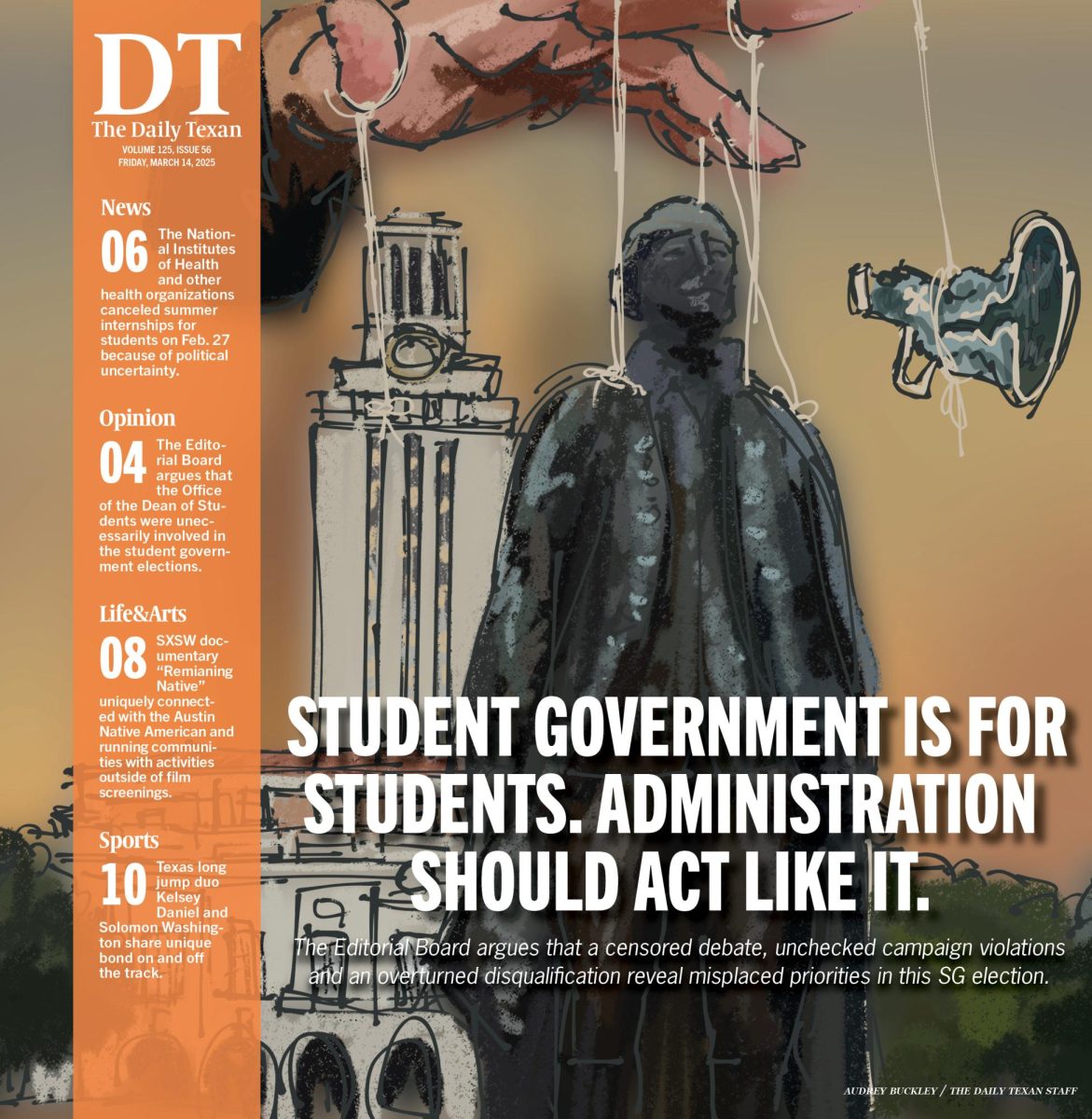UT researchers find pandemic disproportionately affects students from marginalized backgrounds
March 31, 2022
UT researchers found worsening mental health, declining grades and an increase in food insecurity among Texas college students during the COVID-19 pandemic, with students who are women, people of color or from low-income backgrounds being disproportionately affected
The Latino Research Institute conducted the COVID-19 Texas College Student Experience Survey in the summer of 2020, which recorded academic, food insecurity, mental health and physical health changes for students during the pandemic. The team sent the survey to several institutions across the state, including the University of Texas System, Texas A&M University and the University of North Texas, as well as some private institutions and community colleges. The researchers plan to publish the data in the next few months.
“People were really interested in knowing … how the pandemic was affecting work habits, health and wellbeing, and one of the things that I noticed was that students, particularly college students, were not necessarily being assessed in the same way,” said Vanessa Errisuriz, principal investigator for the project.
Marisol McDaniel, a postdoctoral fellow at the Institute, said their data showed it was twice as likely for food insecurity to affect foreign-born and low-income students during the pandemic.
“When students are not able to eat well, they’re not able to go and really focus on their studies and be at a complete mental capacity,” McDaniel said. “Sometimes students have to choose between paying rent and eating. But still, there’s so many students that can’t do either.”
Additionally, students noticed their mental health worsening. Most students said their institutions did not provide enough mental health services, or they did not know what services the institutions provided.
“In our sample, around 27% said that they had serious psychological distress,” said Alice Villatoro, former research assistant professor at the Institute. “Typically, you would see it hover around 3 to 5% in the general population.”
The researchers published a study based on their data in the Journal of Latinos and Education on March 15. The study found that Latinx students from low-income households were more likely to report declining GPAs and lower access to educational resources during the pandemic.
“Having a quiet space was the biggest issue with respect to educational outcomes,” Villatoro said. “Especially if you live in a multi-generational household, you might not have a space for you to dedicate your work and your school, especially if there are other children in the household that were going to school remotely.”
Errisuriz said she hopes that the publication of their results encourages more institutions to implement new programs and be better prepared for future emergency situations.
“My hope is that, with these findings, we’re able to find ways that we can put infrastructure policies (and) programs in place that help students,” Errisuriz said. “Then, in the event that something like this happens, where there’s a big event and students lose access to campus resources, they’re still able to be healthy, prevent psychological distress and get medical care.”












